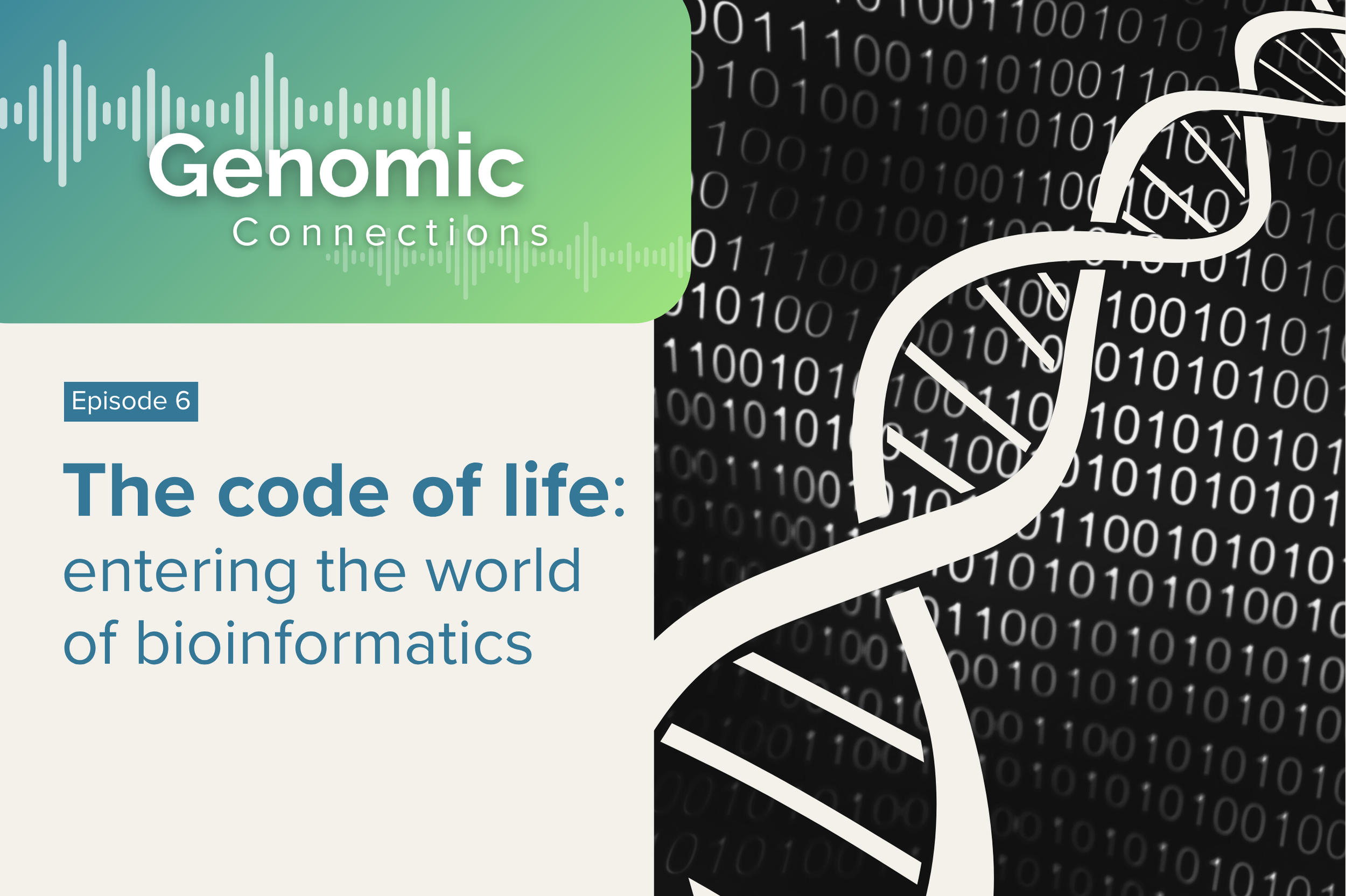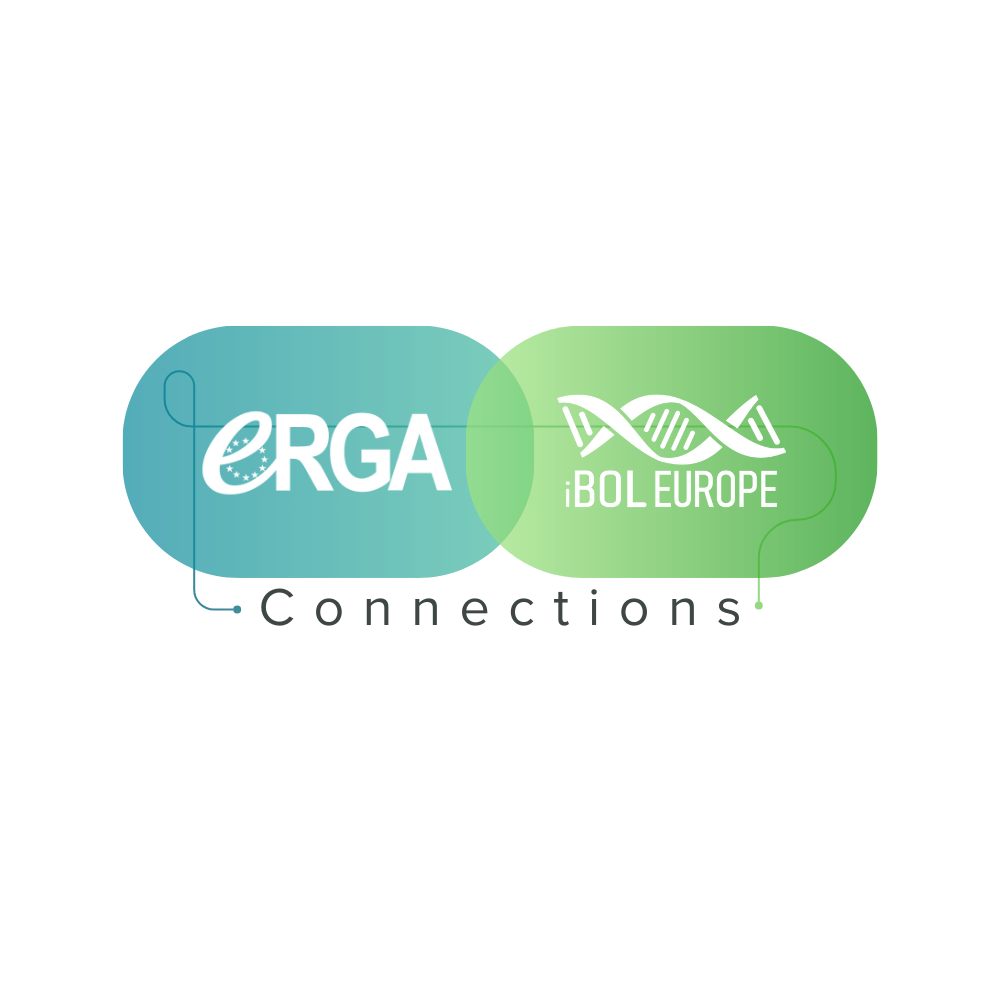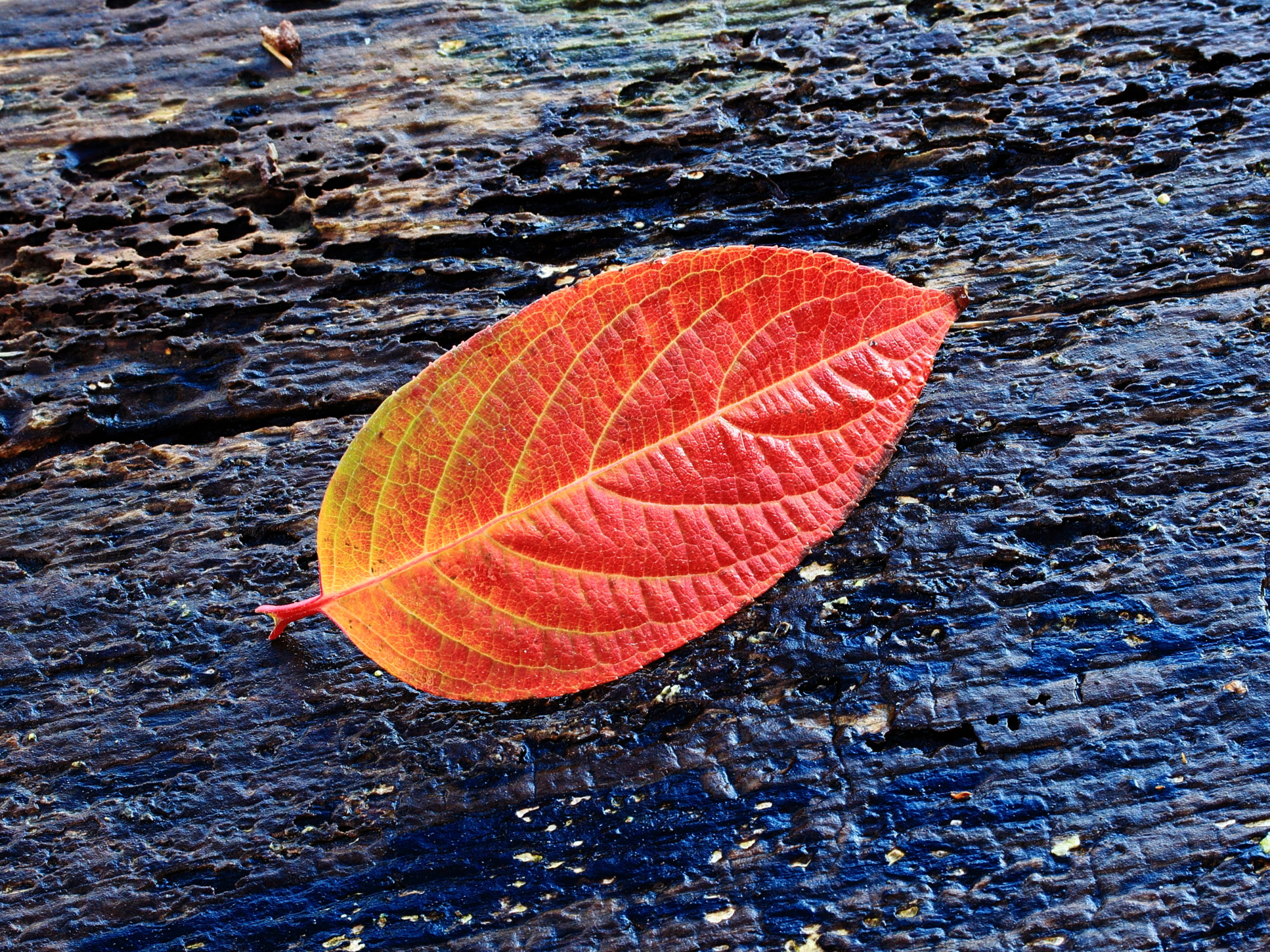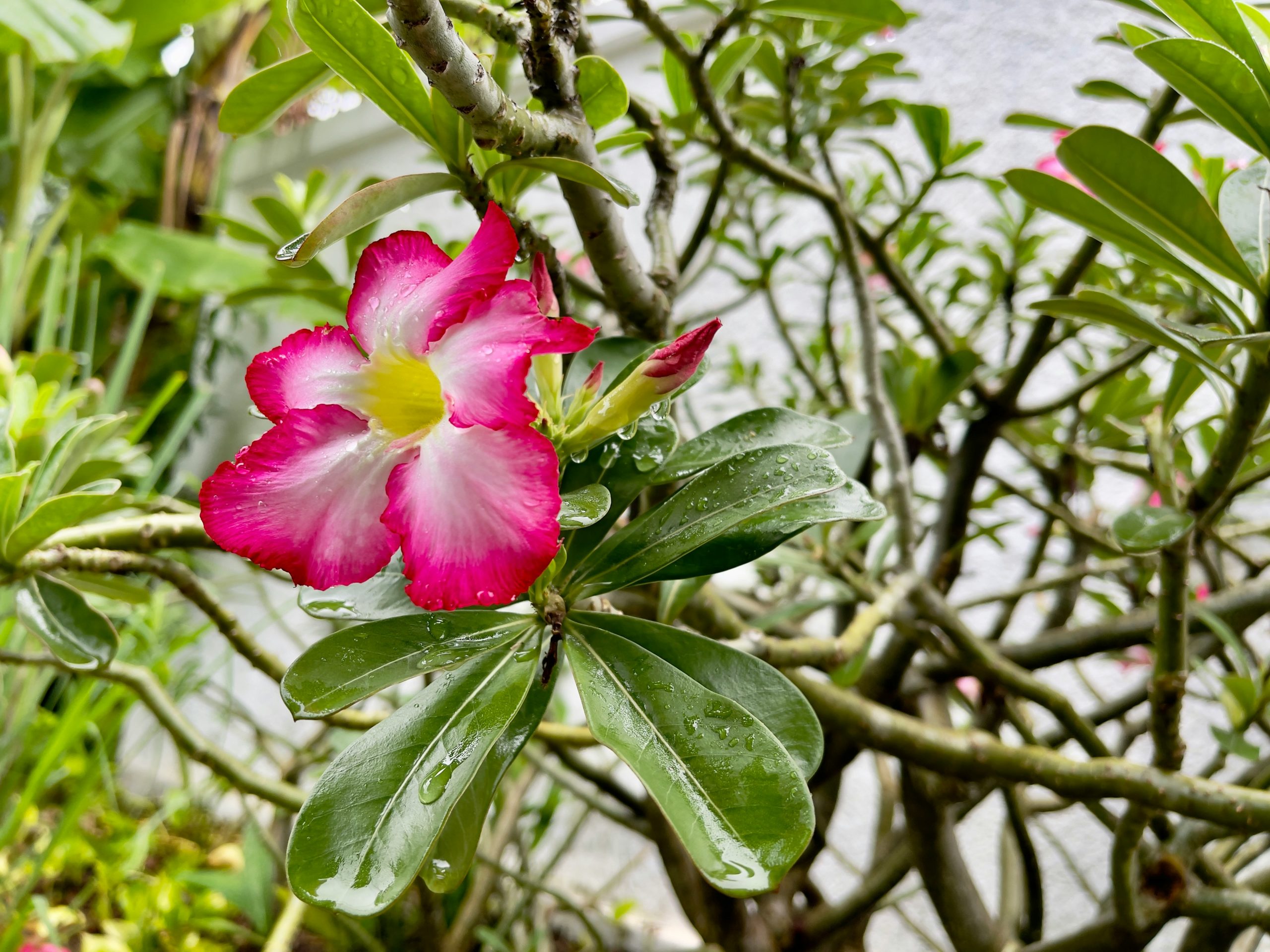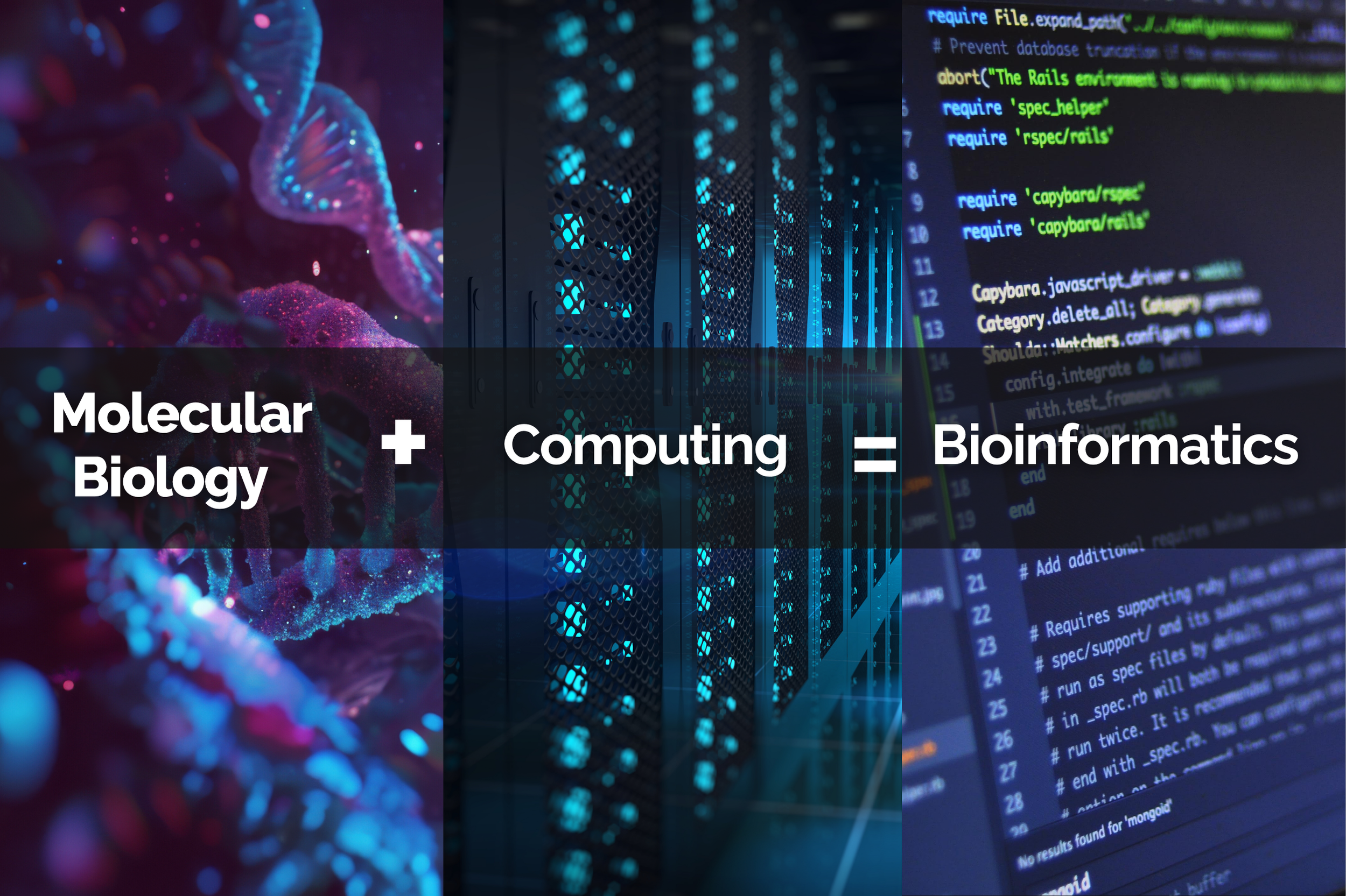In the sixth episode of Genomic Connections, Kasia and Christian talk with Rutger Vos and Diego de Panis about their experiences in bioinformatics and the central role this discipline plays in transforming vast amounts of data into biological insights.
Rutger is a computational evolutionary biologist and the head of the Data Competence Center at the Naturalis Biodiversity Center (Leiden, the Netherlands). Diego is a biologist based at the Leibniz Institute for Zoo and Wildlife Research (Berlin, Germany) with 10+ years of data-driven research experience assembling sequences and connecting genes with phenotypes and biological processes. We already talked about Bioinformatics in this blog post.
This episode comes in a different format than usual: it was screenplayed and produced as a video interview, rather than as a podcast. You can watch the video here, and listen to the audio-only version here.
Podcast episode:
You can listen to Genomic Connections on Spotify and PocketCast. The RSS Feed is available here.
The episode’s full Transcript (AI-generated) is available below the credits.
Credits
“Genomic Connections” is a podcast about the science, stories, and people behind biodiversity genomics produced by ERGA and iBOL Europe within the Biodiversity Genomics Europe (BGE) project.
“Genomic Connections” is written and produced by Christian de Guttry, Kasia Fantoni, Luísa Marins and Chiara Bortoluzzi.
Graphic design by Luísa Marins.
Music (intro and outro): “Nostalgic Reflections” by Ant.Survila (c) copyright 2025 Licensed under a CC-BY-NC 4.0 license. Ft: airtone.
BGE is a Horizon Europe project funded by the European Commission, the Swiss Confederation and the United Kingdom.
The episode is licensed under a CC-BY 4.0 license.
You can listen to Genomic Connections on Spotify and PocketCast.
Episode #6 Transcript
Hi Kasia, good morning. How are you today? (0:03) Hi Chris, good morning. Wonderful.
(0:06) Here it’s a bit rainy actually in the Netherlands, so it could be better. (0:09) What about you? (0:10) Switzerland is still sunny, I guess for two, three days more. (0:15) I wanted to ask you something.
(0:17) Today I forgot what we wanted to talk about. (0:21) You mentioned last week, but then I… (0:24) Are you talking about the Genomic Connections episode? (0:28) Exactly. (0:28) It’s about bioinformatics.
(0:31) Oh, bioinformatics. Such a difficult concept. (0:35) And how do you think you can explain this to our public? (0:38) Well, you need champions to really go through this together.
(0:45) Talking about champions, do you think you have a champion in the iBull community that can explain to us? (0:53) Well, sure. We have Rutger Voss from Naturalis Biodiversity Centre. (0:59) I think he’s pretty strong.
(1:03) Our champion, I see him like the King Arthur of Urga. (1:07) It’s Diego de Panis from IZW in Berlin. (1:12) I prefer to not pronounce the entire name of the institutions because it’s quite long and tedious to understand.
(1:19) Wonderful. (1:21) Well, I think we can get started, but I’m not sure whether the audio format would be enough for this very special episode. (1:31) All right.
We went to writing blogs, to making podcasts, and now you’re not happy with the podcast anymore. (1:37) Let’s try, you know, we can try to make a video. (1:41) Wow.
Sounds great. Let’s get started. (1:44) Okay, let’s get started.
(1:47) Name, team and affiliation. (1:50) Diego de Panis, team Urga. The affiliation is Leibniz Institute of Wildlife Research.
(2:01) Rutger Voss, team iBull. I work at Naturalis Biodiversity Centre in Leiden, the Netherlands. (2:09) How would you briefly describe what you do? (2:12) I coordinate the sequencing and assembly committee of ERGA.
(2:16) I struggle with DNA barcoding data and try to get good stuff out of it. (2:21)
Years in bioinformatics. (2:25) Not many.
I am a biologist, so I’m just improvising bioinformatics. (2:32) Bioinformatics exists since the dawn of time. In the Bible, Adam and Eve named the species, and that’s the first step in bioinformatics.
(2:41) It’s an ancient science, the first one. (2:45) Bioinformatics, more biology or more computer science? (2:52) I think it’s a weird mixture of the two, but I would guess this more biology. (3:01) I’m going to have to agree.
Yeah, at least what we do is more biology. (3:06) There are fields in bioinformatics that are very algorithm orientated, but we’re mostly just struggling with the mess that is biology, genetics, and the naming of species. (3:18) It’s all just very messy, and we’re doing a lot of bookkeeping to keep that clean.
(3:23) Coffee, mate or tea while coding? (3:27) Mate all the way. (3:30) Definitely coffee always. (3:33) One thing that Eyeball does better than Erga? (3:37) Do we? (3:41) I think it’s a better branding.
They’re older, right? They’re much older. (3:49) Eyeball has a huge community of people who collect specimens in the field. (3:54) I think there’s many, many people behind it who just collect the specimen and want to have it barcoded.
(4:01) And Erga is probably just by necessity, because genome sequencing is a bigger endeavour, is more focused on fewer institutes. (4:09) So as a community, Eyeball is bigger. (4:12) One thing Erga does better than Eyeball? (4:17) Everything.
(4:20) I think that since ERGA is much smaller, or the high quality reference genomes community and the VP is much smaller, it can achieve things more rapidly, like throughout the community and that, and vertical integration of protocols and workflows, I think. (4:41) I think Erga has better integrated infrastructure. (4:47) At least from where we are now, it looks to me, and I’m not sure if the perception is accurate, that there’s more tooling already in place where Eyeball is developing more right now.
(5:01) Are there any misconceptions people have about your project? (5:08) Misconceptions? The challenge is to make people understand what’s this about, right? (5:15) I don’t know if many people understand what is important of having reference genomes or high quality genomes for the eukaryotic biodiversity. (5:26) I think a misconception with DNA barcoding is that it is more precise than it really is. (5:33) And probably a lot of people think that it is a kind of a yes or no answer.
(5:39) And you can absolutely identify every species with a single barcode. (5:44) And nature is more complicated than that. (5:47) What, you can’t? You cannot identify everything? (5:50) I’m afraid not, Diego.
No, I’m sorry. (5:54) Favourite tool or software for data analysis? (5:58) I’ll say I really like Minimap and also I really like HiFiASM. (6:01) This is a tool for mapping reads to genomes and also for reference or for mapping reads or for generating genome assemblies.
(6:09) I think they are super solid software, pretty well written, super fast. (6:15) It’s hard to answer. I can name some tools that I work with a lot that are probably not my favourites.
(6:22) We’re trying to do more with Galaxy. (6:24) So I’m learning more about how Galaxy works and it is a very useful tool. (6:29) I think I’m probably most excited to start up this tool called Mesquite, which is a kind of a graphical tool to explore sequence data and phylogenetic trees.
(6:41) But that’s more also nostalgia because I did my first postdoc with the Madison twins, who are the developers of Mesquite. (6:51) And I also wrote some modules for it. (6:53) So every time when I start it up, I see the credits and then I get kind of nostalgic for my time in Canada where I contributed to that.
(7:04) Which is tougher, collecting specimens for DNA or assembling chromosomes on a computer? (7:12) Collecting a species for DNA, that’s much, much difficult. (7:16) Yeah, collecting the species is difficult, especially when for the barcoding, we try to do it obviously at scale, right? (7:25) In the barcoding activities, we try to capture more species, but shallower. (7:31) And so that is very decentralised and done by a lot of volunteers.
(7:35) And they have to then also, first of all, grab the right species, identify it correctly and record in a consistent way what they’ve done. (7:47) And when people input data, we make mistakes, right? (7:52) So then obviously there’s going to be mistakes in what’s collected and that’s very difficult to correct afterwards. (8:00) Any friendly nickname to each other’s team or projects? (8:04) What? (8:07) I just call them the genome people.
(8:11) And who will achieve the mission first? Millions of barcodes or genomes of all you species? (8:18) I would guess the barcode guys. I mean, it’s so easy to get a barcode right. It’s just a tiny piece of DNA.
(8:27) We’re already there. We have millions of barcodes. It’s mission accomplished.
(8:32) Describe yourself in one word. (8:36) Biologist. (8:38) Rutger.
(8:39) Nerd. (8:41) And describe your counterpart in one word. (8:45) He’s a bioinformatician, I’ll say.
So bioinformatician, proper bioinformatician. (8:51) I thought you were a proper bioinformatician. I’m just faking it.
(8:54) I’m not. (8:55) So we are both, I think, by training biologists. (9:01) And so when I say I’m a bioinformatician, I feel a little bit like a faker.
(9:09) Maybe you feel that way too, but that’s not very flattering. (9:13) Maybe say generalist. You can be both a biologist and have the technical expertise.
So let’s say generalist. (9:20) Why? Okay. (9:23) The biggest myth people believe about bioinformatics.
(9:27) I’ll say that it’s a thing that is super straightforward and effortless. (9:34) That you can just do a few lines of code and then you’re going to get everything out of it. (9:42) Yeah, that’s exactly right.
(9:43) The struggle is much more with just the messiness of the tools and the messiness in the data. (9:53) And just struggling to stitch everything together. (9:56) Also in such a way that we actually know what we did afterwards and why we did it and come to reasonable information.
(10:04) So it’s much messier than people perceive it to be, I think. (10:09) If you could sequence any species next, which one and why? (10:16) Really good question. (10:19) I think I would sequence something from the Southern Hemisphere, like a crone eagle.
(10:26) I’m very excited about where ancient DNA sequencing is going. (10:30) So the thing that just as kind of a passion popped up in my head is that, of course, we have the human genome. (10:38) We have the Neanderthal genome.
We have the Denisovan genome. (10:42) I’m holding out whether it’s going to be possible to sequence a Homo erectus. (10:47) I’m not sure if we’ll ever find good fossils for that, but that would be amazing.
(10:52) Okay. And to finish, say goodbye and wish something to the other for the end of BGE. (11:00) Bye bye.
Thank you very much. I wish him a lot of luck, success. (11:08) Thank you very much.
Bye bye. I wish you many coherent assemblies.
